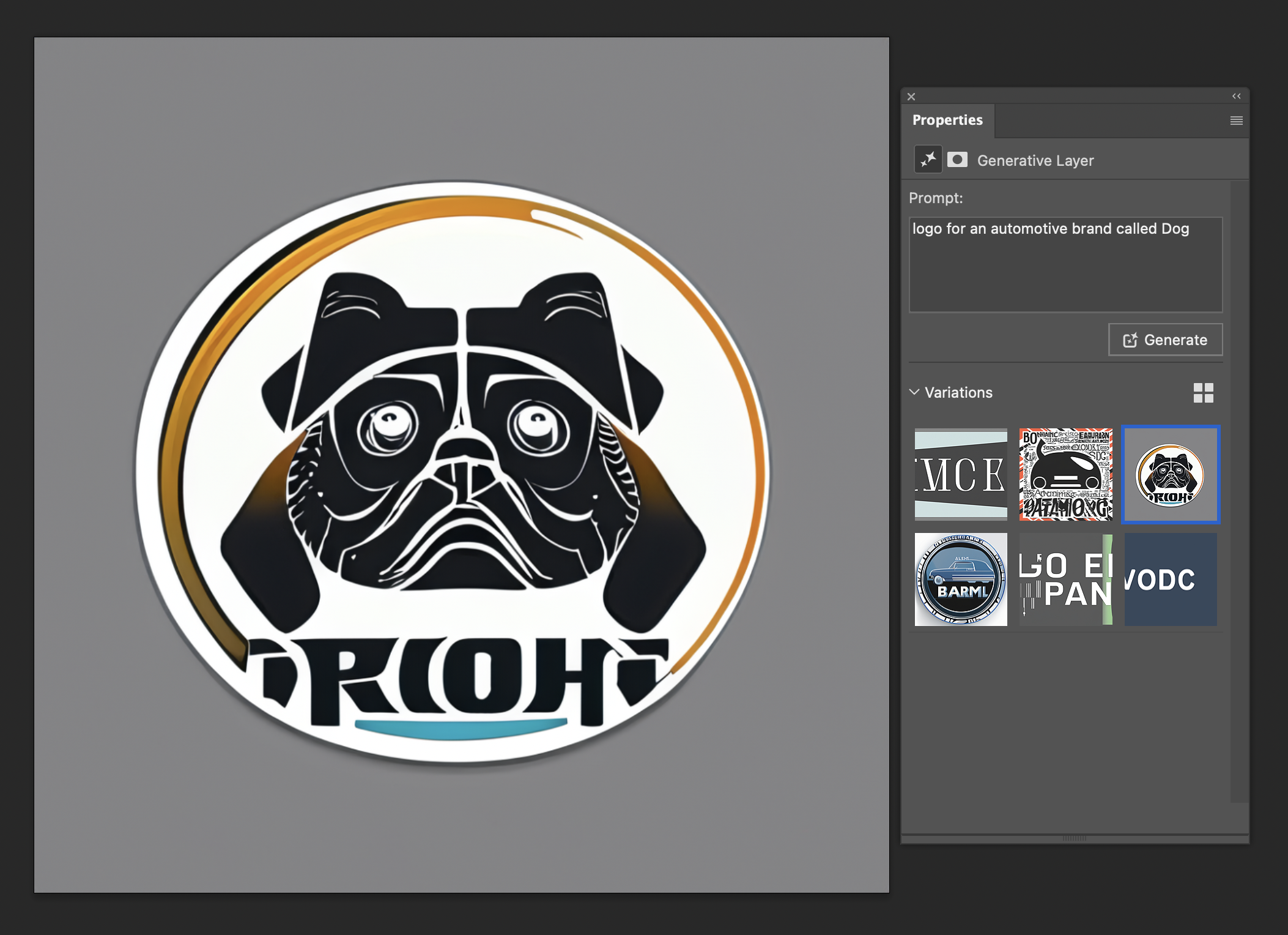In the initial days of dipp, when we wanted to prove the designer’s worth, one of the services we offered was campaign creative analysis. We would first take a brand’s creative assets for a given campaign and its corresponding performance data, we’d then draw boxes on these creatives to tag them with elements like brand logo, headline, CTA, primary product image, etc. and then do correlational analysis to click-through-rate. Our aim was to find patterns between design decisions and performance. In other words, do visual decisions like logo placement or product image size have any impact on CTR? And to the disappointment of everyone involved, the short and long answer is no. But allow me to elaborate just a little.
In addition to the visual tags, we also considered ad spend as a factor in this analysis. Now I’m not a data scientist so I don’t know when correlation can be classified as causation, but the one factor that had the highest correlation to CTR (above to 96%) was ad spend. If one were to zoom into the few left-over percentages, one may find some correlation between targeting settings and CTR. And if one were to do a designer squint test, then one may find some loose correlations between the gender of spokesperson in the creative and CTR, or a creative’s dominant color and CTR. Ultimately, this exercise proved to be fruitless, since over 96% of the correlation is very much tied to money spent on each creative.
I must remind our readers, this story above should not in any way infer that branding, creative strategy along with strong and clear messaging make a negligible difference. What I’d like to point out here is that only after your brand has established a strong brand language and positioned itself on the market, the day-to-day promotions and product launches highly depend on how much money a brand spends promoting such initiatives.
So called ‘creative AI solutions’
These days, the web is very much inundated with photo-realistic images and video footage that claim to have been produced using only prompts (detailed descriptions of the desired visual). At first glance, the results are absolutely incredible! However, upon closer examination, underneath all this magic we realize the computer is merely rearranging pixels of images it has seen before (millions of such images, that are called training data) into patterns described by user’s prompts. While I realize this is very simplified explanation, but at its core this is basically how it works.
Naturally then, if we ask a AI bot to create a logo for a car brand called "Dog", the best it will do is take pixels of other logos it has seen that feature animals and rearrange them to match the prompts we input.

To my eyes, here, it's combining Lamborghini colors and Jaguar badge styling to make Dog badge.
